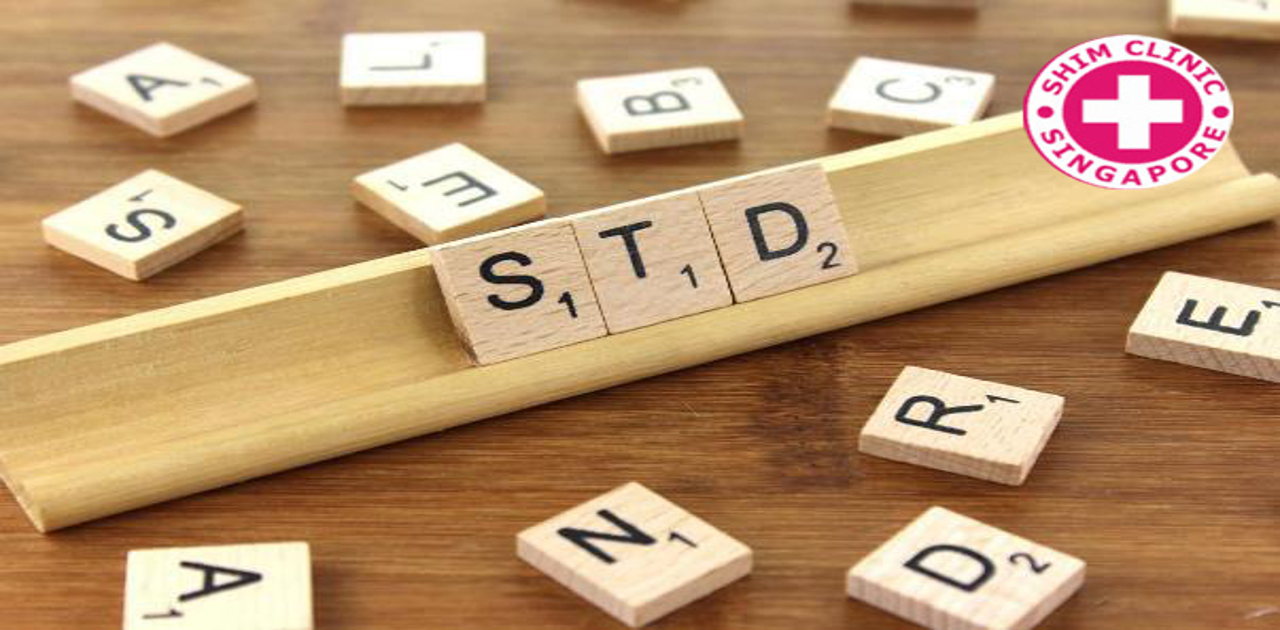The terms STD (sexually transmitted disease) and STI (sexually transmitted infection) are often used interchangeably. Chances are that you’ve come across both of them but have you ever wondered if they refer to the same thing or if they’re slightly different?
Infection vs. Disease
Every single sexual disease starts out an infection. It occurs whenever a pathogen (a virus, bacterium or parasite) is passed from one partner to another during unprotected sexual contact. In some cases, such pathogens can also be transmitted through simple skin-to-skin contact.
So, in a sense, all conditions start out as STIs. The infection could eventually progress to a disease, if STD testing doesn’t occur early enough. The term disease refers to experiencing symptoms and a medical problem. Thus, in medical terminology, it often describes a much more serious condition than an infection (a condition that can often be asymptomatic for very long periods of time).
Technically speaking, there is a difference between an STI and an STD. In everyday English language, however, these two are often used in place of each other without much distinction.
What matters here is understanding the fact that although you’re infected, you don’t have to develop a disease. Most kinds of STIs can be treated. Viral infections are more challenging (bacterial infections can be tackled successfully through the administration of antibiotics) but there are still ways to manage the problem and help the immune system fight off the pathogen.
How Do Doctors Refer to Sexually-Transmitted Conditions?
As you can see already, there is a very important difference between an STD and an STI. The two terms don’t mean the same thing. Yet, many doctors use them interchangeably, which has made the terms synonymous for many people.
The terms that a doctor would use often depend on their training and age.
Some older professionals in the field still rely on outdated terms like venereal disease, for example. Such terms, however, have left the dictionary of most professionals and common people. The reason is simple – they carry serious negative connotations. We live in a world that’s trying to destigmatise STDs, which is why negative terminology is being replaced with more neutral definitions.
You shouldn’t worry if a doctor tells you that you have an STD immediately after getting tested. This doesn’t mean you’ve come down with a disease or that the condition is serious. Chances are that you’re simply infected and you need to go through treatment in order to eradicate or supress the pathogen.
The term STD itself isn’t wrong but it’s becoming somewhat outdated. For many people, it speaks of a very serious condition (which often isn’t the case). STI is more inclusive and more accurate in the early stages of an infection. It suggests that something is going on inside your body but there are still solid opportunities to tackle the situation before it gets too late.
Is There a Difference When It Comes to the Treatment of STIs and STDs?
Not really.
Some people who get tested will receive a positive result without symptoms. Some people will have symptoms, which will prompt them to get tested. In both instances, the therapeutic approach after receiving the test results is going to be the same.
The earlier you get tested and start STD treatment, the better. If you already have symptoms, chances are that your condition has caused some damage. Some STDs can contribute to additional medical problems like urinary tract infections (UTIs) and even fertility problems. In such instances, you will have to get treated for the STD itself and for the additional complications that it has brought to the table.
Even if you don’t have any symptoms, a treatment will be recommended. Very often, waiting for symptoms to develop (like in the case of HIV and AIDS) will make the treatment much more difficult and less effective. In this instance, getting hung up on semantics doesn’t really bring on positive effects. It’s up to you to get tested regularly and initiate early treatment, whether we’re talking about an STI or an STD.
The Bottom Line
While in specific medical terminology STI and STD are not one and the same thing, the two terms have become synonyms. You’ll find many texts (even in medical journals) that use STI and STD interchangeably when speaking of one and the same thing.
The technically correct term when you get freshly diagnosed is STI. An STI can progress to an STD. when you get infected, however, you don’t necessarily have a disease. You simply have a disease-causing agent in your body that may or may not cause problems later on.
You can call these conditions whatever you like. That’s definitely not the most important lesson to learn here. The one thing to understand is that getting tested regularly can prevent serious complications and keep you from getting sick.
A STD clinic in Singapore like Shim Clinic offer reliable and confidential testing for most of the common STDs out there. You can come to the clinic during working hours every day of the week. Our experienced professionals will consult you, answer your questions about sexually transmitted medical problems and recommend the screening panel that makes the most sense for your needs.

